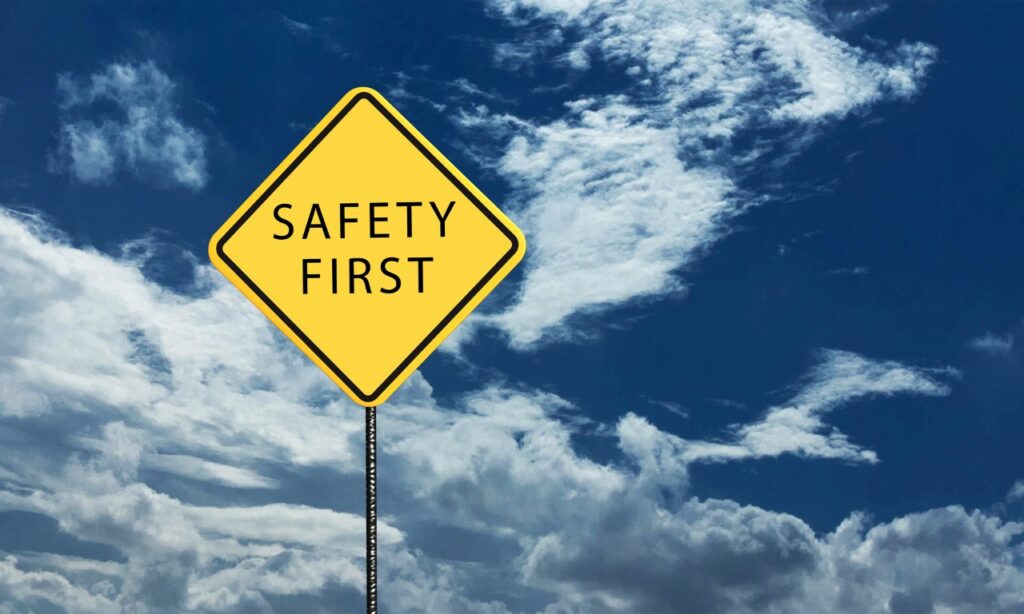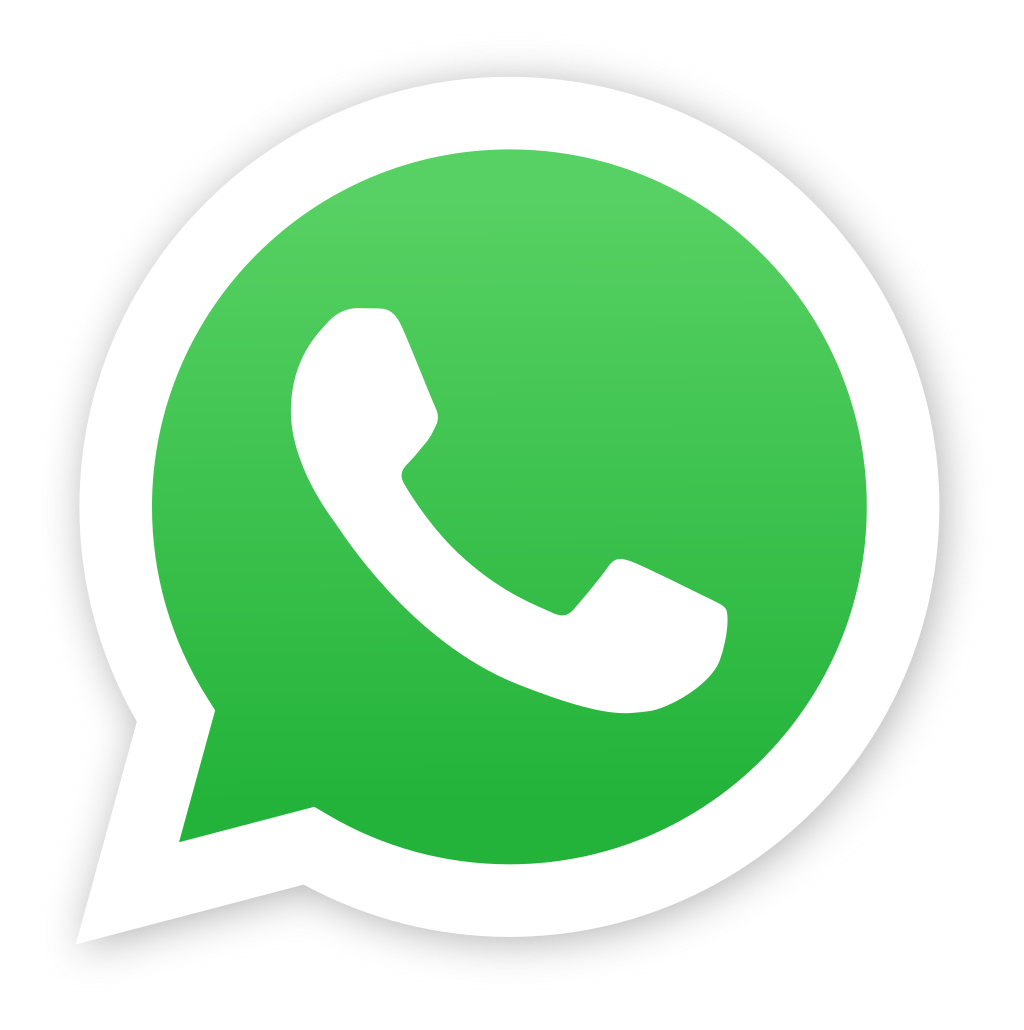How to Set Up a Safe Backyard Fireworks Show
There’s something magical about watching fireworks light up the night sky from the comfort of your own garden. That momentary burst of colour, the collective gasps of awe, and the warm glow of smiles all around—it’s an experience worth creating. But setting up a backyard fireworks display requires careful planning and attention to safety. Ready to bring some sparkle to your next celebration? Let’s walk through everything you need to know.
Step 1: Check UK Fireworks Laws & Regulations
Before you start planning your spectacular display, you’ll need to understand what’s permitted in your area.
Time Restrictions
In the UK, it’s illegal to set off fireworks between 11pm and 7am, except on Bonfire Night (when the cut-off is midnight), New Year’s Eve, Diwali, and Chinese New Year (when the cut-off is 1am).
Category Limitations
Consumer fireworks fall into categories F1, F2, and F3. Only professionals can purchase and use category F4 fireworks. When shopping, you’ll notice these categories clearly marked on packaging—stick to what’s appropriate for your garden size.
Local Council Rules
Some councils impose additional restrictions, particularly in densely populated areas. A quick call to your local authority can save you from potential fines. The proper handling of fireworks begins with understanding these legal parameters.
Step 2: Plan Your Fireworks Display
Now for the fun part—designing your show!
Budget Planning
Quality matters with fireworks. Set a budget that allows for fewer but better-quality fireworks rather than loads of cheaper options. If you’re not sure where to start, check out our pre-packed firework kits that offer balanced displays for different budgets.
Space Assessment
Measure your garden and note any overhead obstacles like trees or power lines. As a rule of thumb, category F2 fireworks need at least 8 metres of clear space, while F3 requires 25 metres minimum.
Weather Considerations
Wind direction is your most important weather factor. Plan to shoot fireworks with the wind blowing away from spectators. If rain is forecast or winds exceed 10mph, consider postponing your display.
Step 3: Safety Precautions Before Lighting Fireworks
Preparation is everything when it comes to firework safety.
Equipment Checklist
You’ll need a bucket of water, a garden hose connected and ready, a first aid kit, eye protection, and heavy-duty gloves. For lighting the fireworks, get a proper firework lighter or portfires—never use matches or standard lighters.
Firework Placement
Set up your launch area on level ground, far from any flammable materials. Firmly secure each firework according to its instructions, using stakes, sand or soil to stabilise rocket launchers and cakes.
Alcohol Policy

This might seem obvious, but it bears repeating: whoever is handling the fireworks must remain completely sober. The person in charge should be the designated “firework supervisor” for the evening.
Step 4: Lighting the Fireworks Safely
The moment has arrived—it’s time to light up the sky.
Proper Lighting Technique
Approach each firework from the side, never leaning over it. Light at arm’s length using your extended lighter or portfire. Once lit, move away quickly to your designated safety zone.
Timing Between Fireworks
Allow adequate time between fireworks rather than trying to light multiple pieces at once. This creates a more enjoyable rhythm to your display and reduces risk.
Dud Fireworks
If a firework fails to go off, never return to it immediately. Wait at least 30 minutes, then soak it thoroughly in water before carefully disposing of it.
Step 5: Managing the Crowd & Viewing Area
Your guests’ safety is just as important as your own.
Viewing Distance
Mark a clear boundary at least 8-25 metres from the launch site (depending on your firework categories) and ensure all spectators remain behind this line.
Pet and Child Safety
Are you having young children at your display? Assign specific adults to supervise them exclusively. As for pets, they’re best kept indoors with the windows closed and some background noise playing.
Emergency Plan
Before the show, point out where the first aid kit is located and make sure everyone knows what to do if something goes wrong. Having a plan reduces panic should an accident occur.
Step 6: Cleanup and Fire Safety After the Show
The display might be over, but your safety responsibilities aren’t.
Immediate Inspection
Once the final firework has finished, inspect your entire garden with a torch, looking for any smouldering debris or unexploded fireworks.
Morning After Check
When daylight returns, conduct another thorough inspection of your property and neighbouring areas. Small embers can smoulder overnight and reignite in the right conditions.
Proper Disposal
Soak all used fireworks in water overnight before wrapping them in plastic and placing them in your outdoor bin. This prevents any chemical residue from potentially igniting.
Final Thoughts
A backyard fireworks display creates memories that last long after the final sparkle fades. When you’ve taken all the proper precautions, you can relax and enjoy the show alongside your guests. Remember that each successful and safe display builds your confidence for even more impressive shows in the future.
Planning properly isn’t just about compliance—it’s about creating a stress-free environment where everyone can enjoy the spectacle. So check those regulations, measure your space, prepare your safety equipment, and then watch as your careful planning lights up the night sky.
Have you hosted a garden fireworks display before? What worked well for you? Share your experiences and keep the conversation going!


